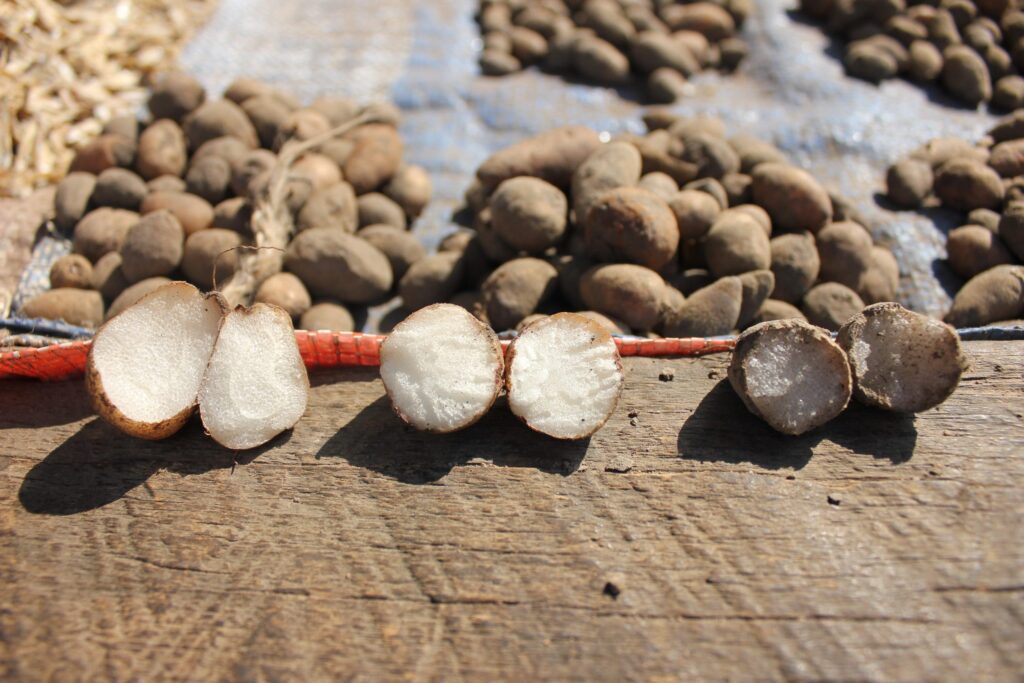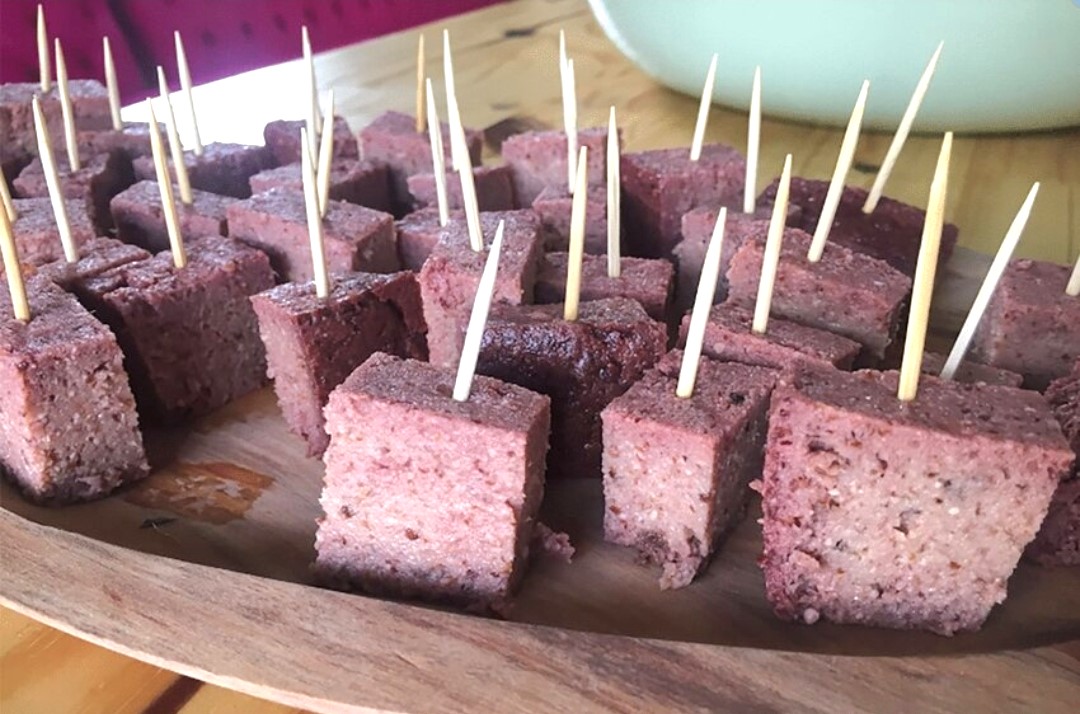We all love Chikanda but if what is happening to the orchid tubers it is made from isnt stopped, we will not have Chikanda for very long. The orchid tubers are being overharvested and we are also losing the land they grow on.
These tubers, sourced from wild orchids like Habenaria and Disa, are not only a cultural staple for a lot of Zambians but also a source of income for many communities. However, the increasing demand has led to unsustainable harvesting practices, threatening the survival of these rare species.
Growing Chikanda Tubers
Cultivating chikanda tubers requires patience and specific conditions. From seedlings, it typically takes 18 months to 2 years for the orchids to mature. Researchers are exploring sustainable cultivation methods, including the development of new strains that can thrive in controlled environments. However, growing these tubers is challenging due to their slow growth rate and dependence on symbiotic relationships with fungi.
Challenges in Cultivation
Growing chikanda is difficult. The orchids are slow to mature, making it difficult to establish a reliable supply and they require particular environmental conditions that nature provides that can be hard to replicate. The unregulated trade also complicates efforts to promote sustainable practices.
The Plight of Overharvesting
Overharvesting has become a critical issue, with an estimated 2-4 million tubers transported annually from Tanzania to Zambia. Traditional harvesting practices that allowed for regeneration have been largely abandoned, leading to rapid declines in wild populations. This exploitation jeopardizes not only the orchids but also the livelihoods of communities dependent on them.

Conservation Initiatives
In response to these challenges, initiatives like the Chikanda Orchid Conservation Initiative aim to develop sustainable farming practices. Collaborations between local communities and researchers focus on creating commercially viable strains while educating harvesters about conservation.
Importance of Protection
Protecting these rare tubers is crucial for several reasons: Preserving native orchid species is vital for maintaining ecological balance. Chikanda is an integral part of Zambian culture and cuisine so it should be protected as such.
Climate Resilience: Conserving native plants helps maintain healthy ecosystems that can better withstand climate change impacts. As climate change poses further threats to biodiversity, it is essential to protect native tree species and tubers like chikanda.
Sustainable practices ensure that future generations can enjoy this delicacy while preserving the rich biodiversity of Zambia’s natural heritage.

